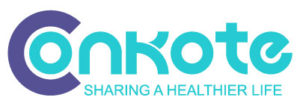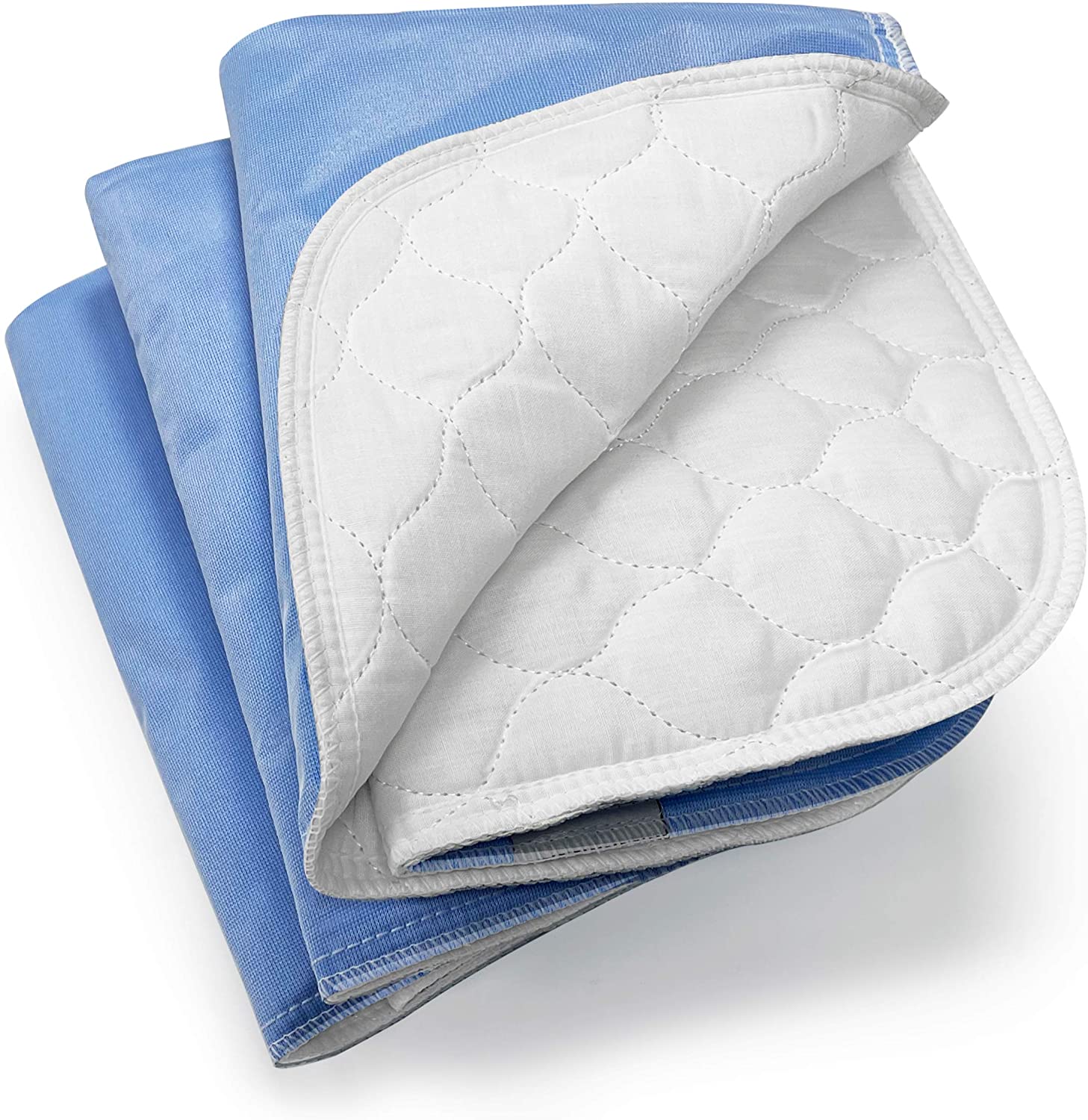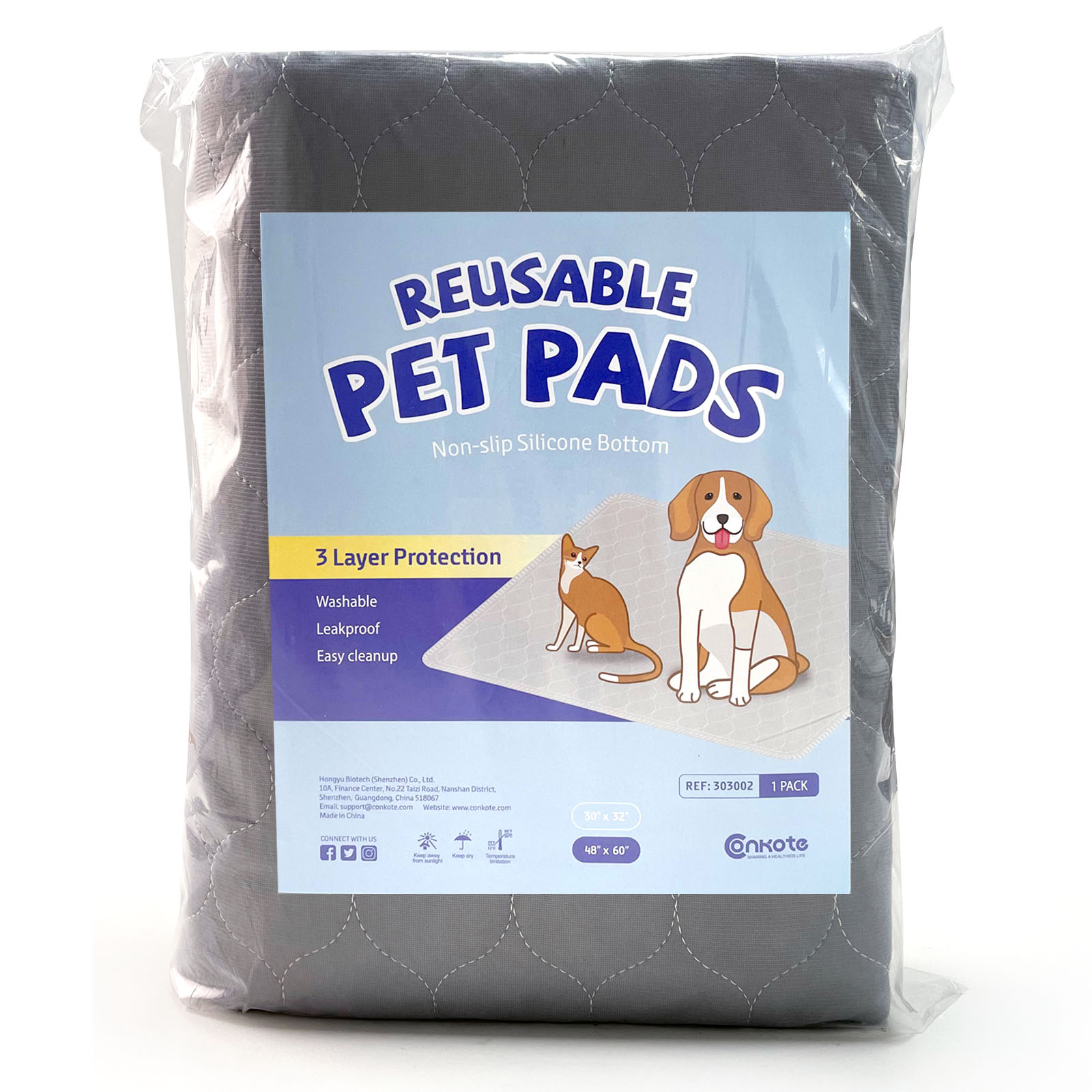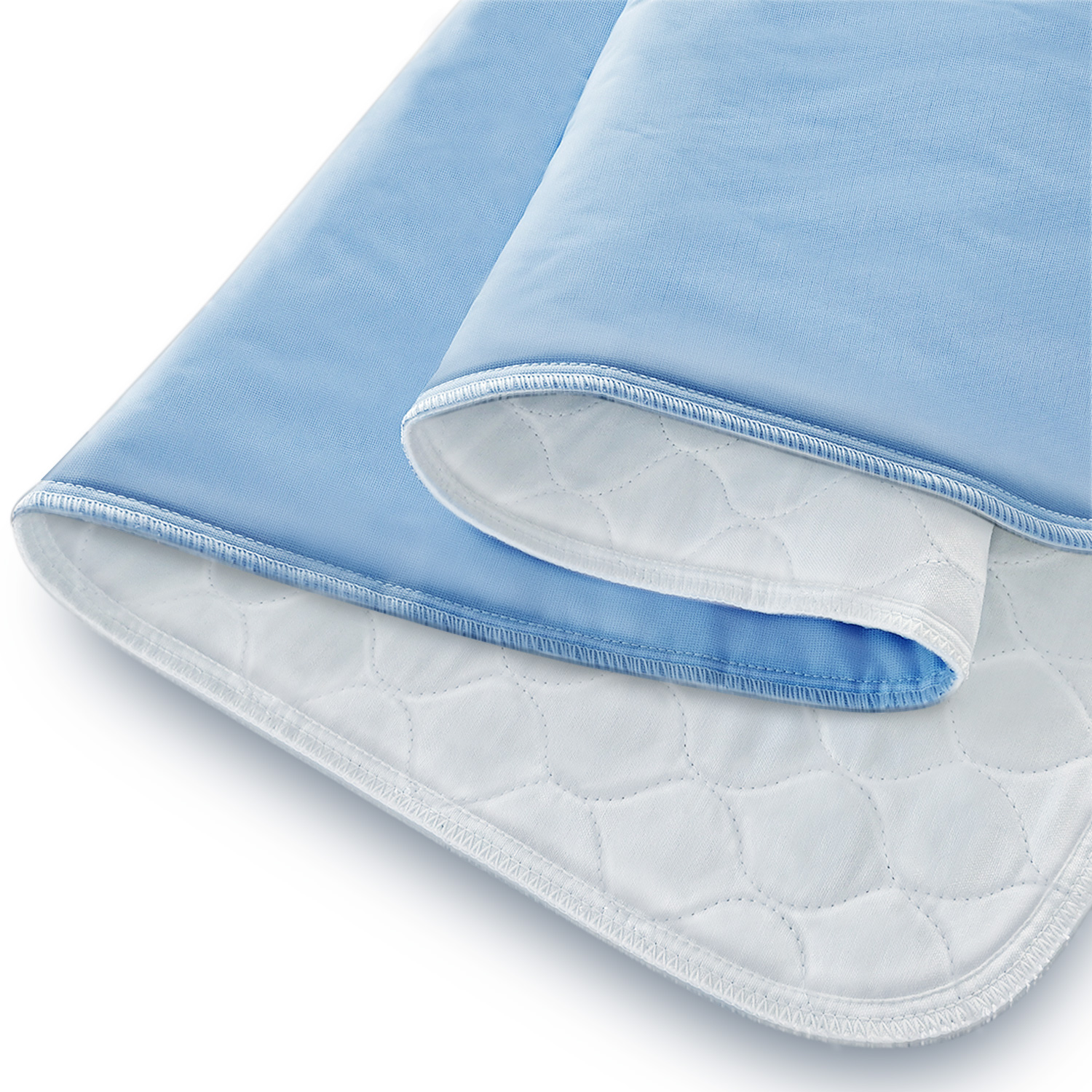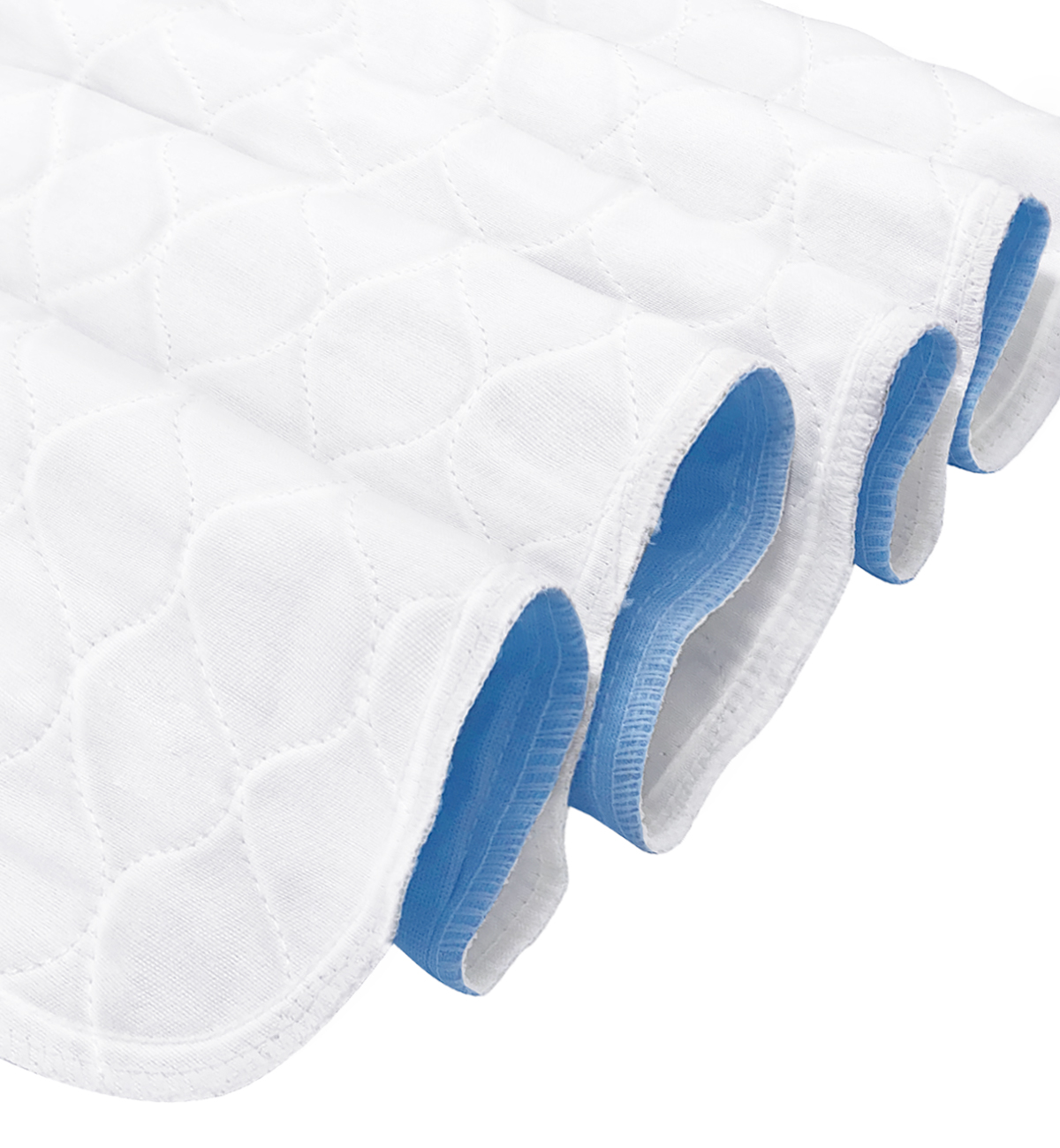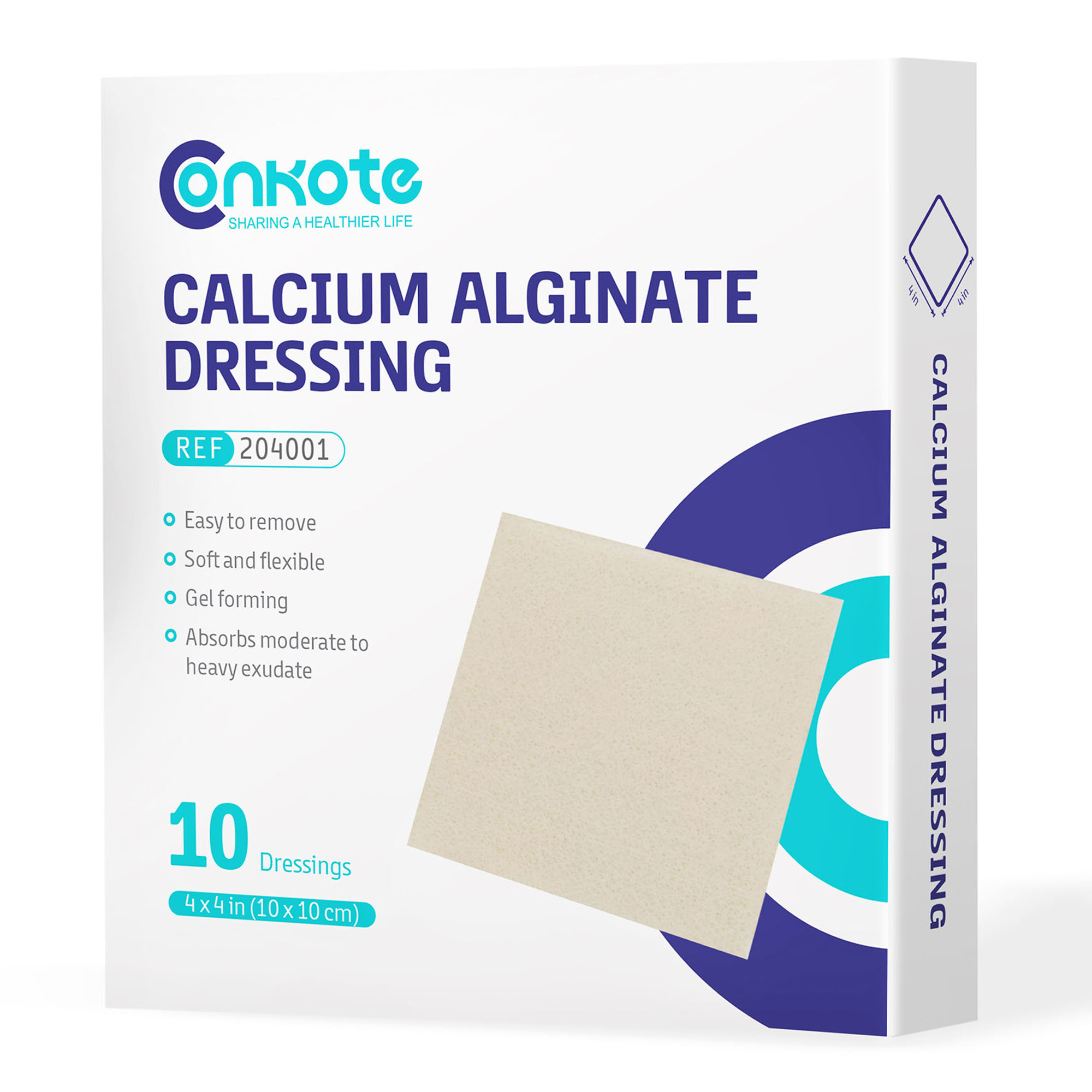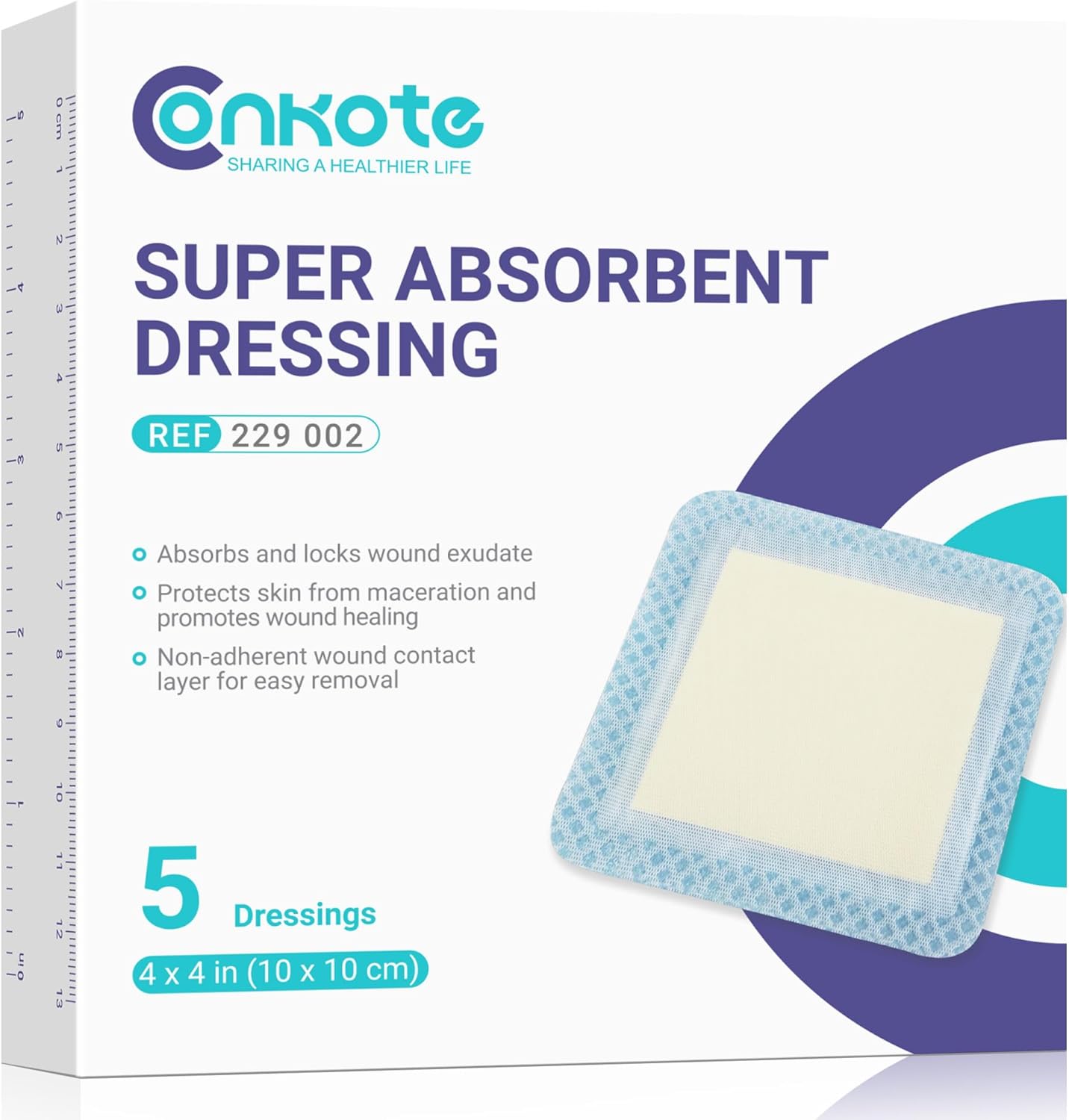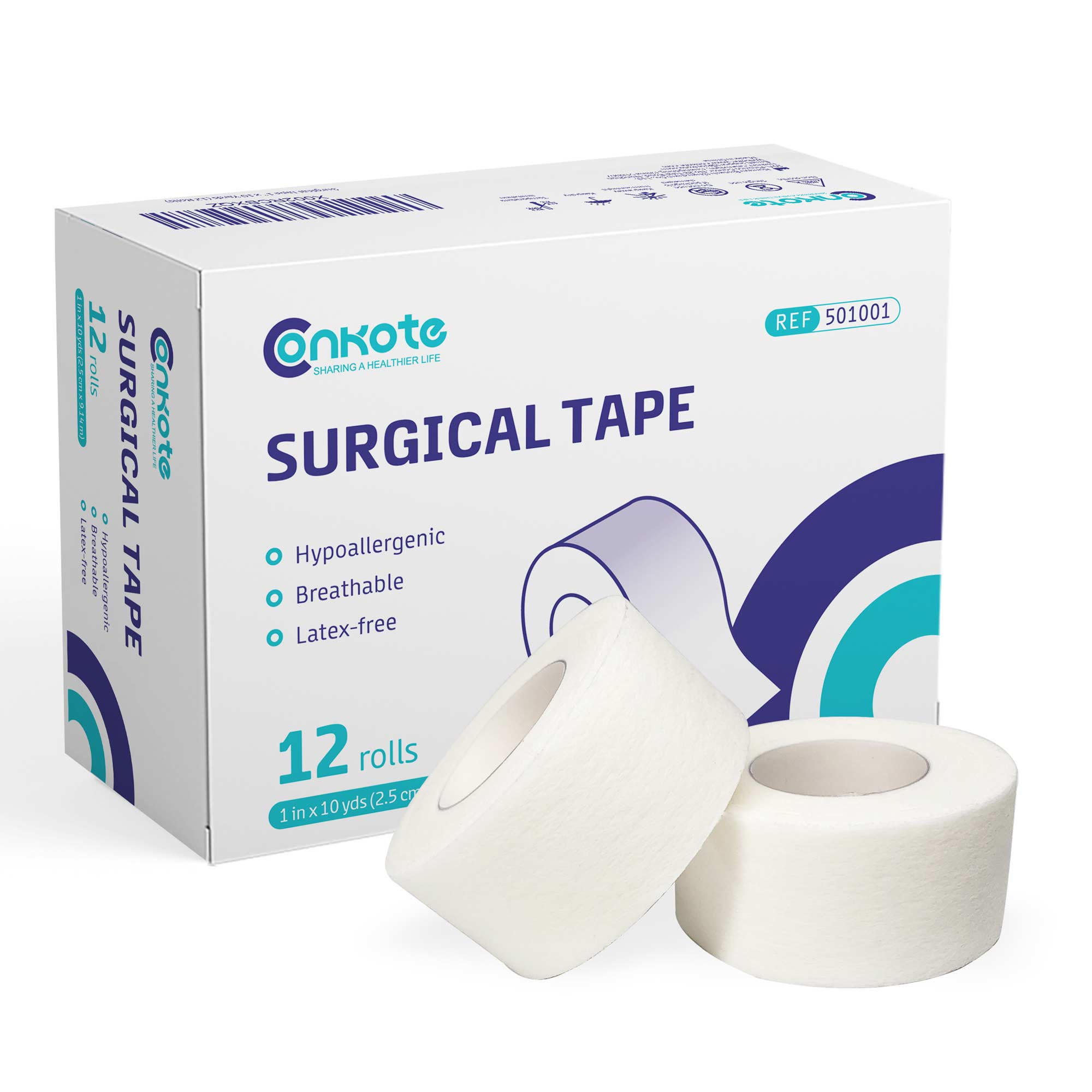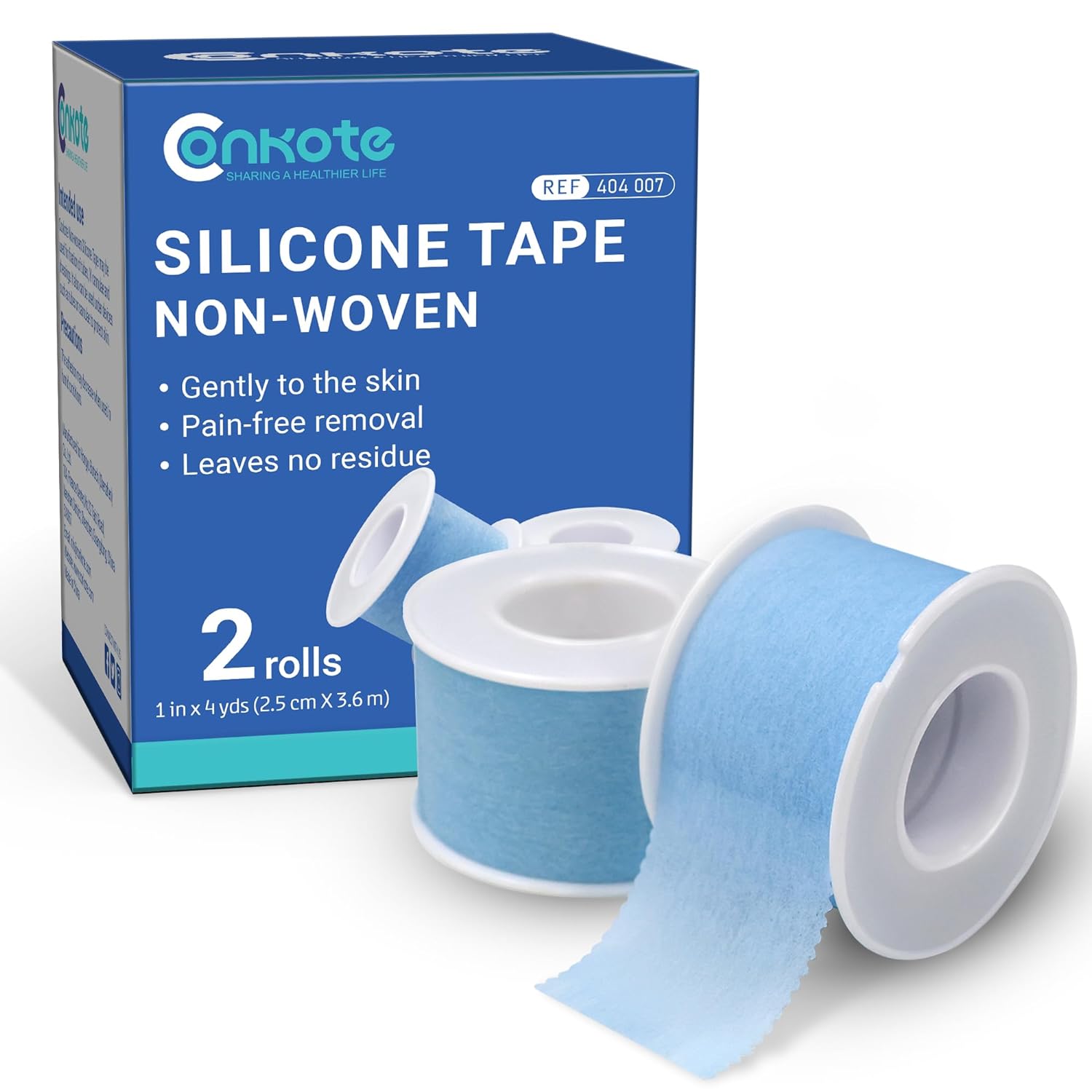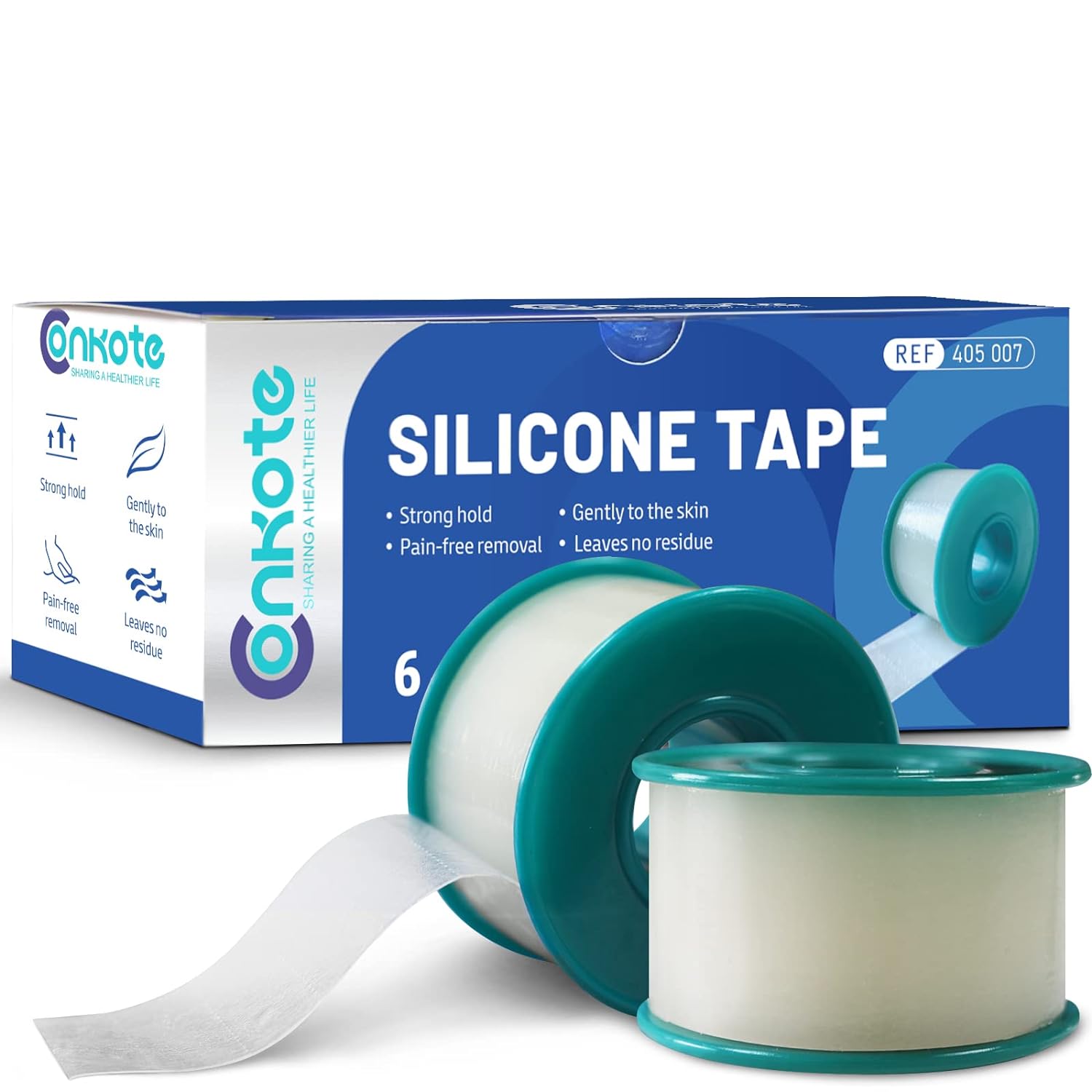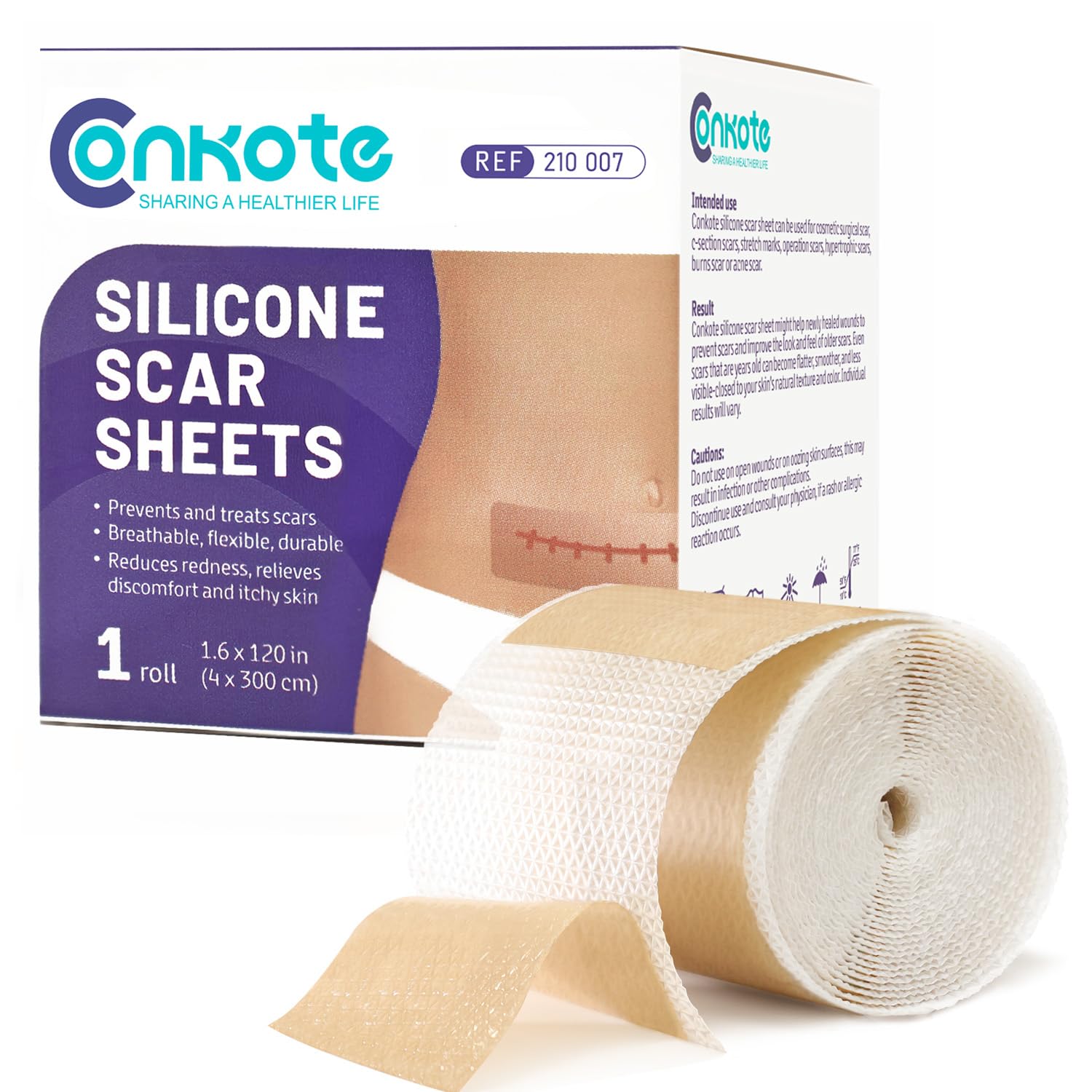How To Treat a Burn at Home?
2024-05-17 2024-05-17 15:30How To Treat a Burn at Home?
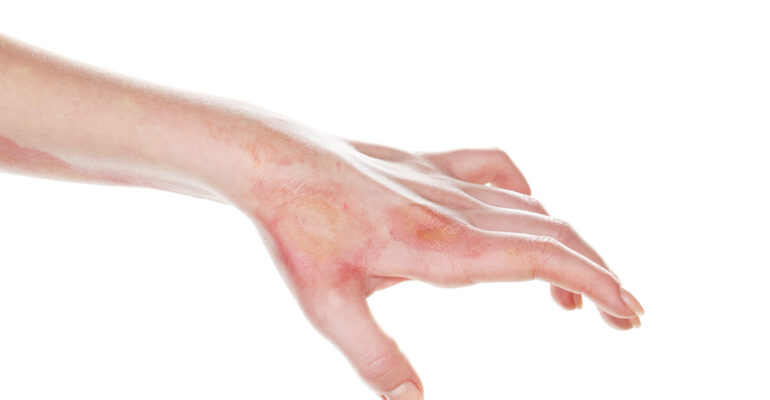
How To Treat a Burn at Home?
Burns is one of the most common household injuries. We have all been subjected to a burn at some point in our lives.
Around 486,000 people go to the emergency room because of a burn each year.Fortunately, mild burns can often be treated at home, without a trip to a doctor or a hospital.
Here’s how to know what type of burn you’re dealing with, what to do immediately to reduce damage, the recovery time you can expect, and the home remedies that can speed healing.
Type of burn
You can usually differentiate a burn by looking at your skin’s reaction after the burn occurs, Burns are separated into three categories: First-degree, second-degree, and third-degree.
First-degree burns (minor burns) – redness and pain on the outer layer of the skin (epidermis). Considered mild when compared to other burns.
Second-degree burns – deep burn with redness, blisters and considerable to severe pain and swelling that affects the outer and lower layers of skin (epidermis and dermis).
Third-degree burns – deep tissue destruction affecting the dermis and lower layers, resulting in a white, brown or charred appearance. These burns can be numb due to nerve damage.
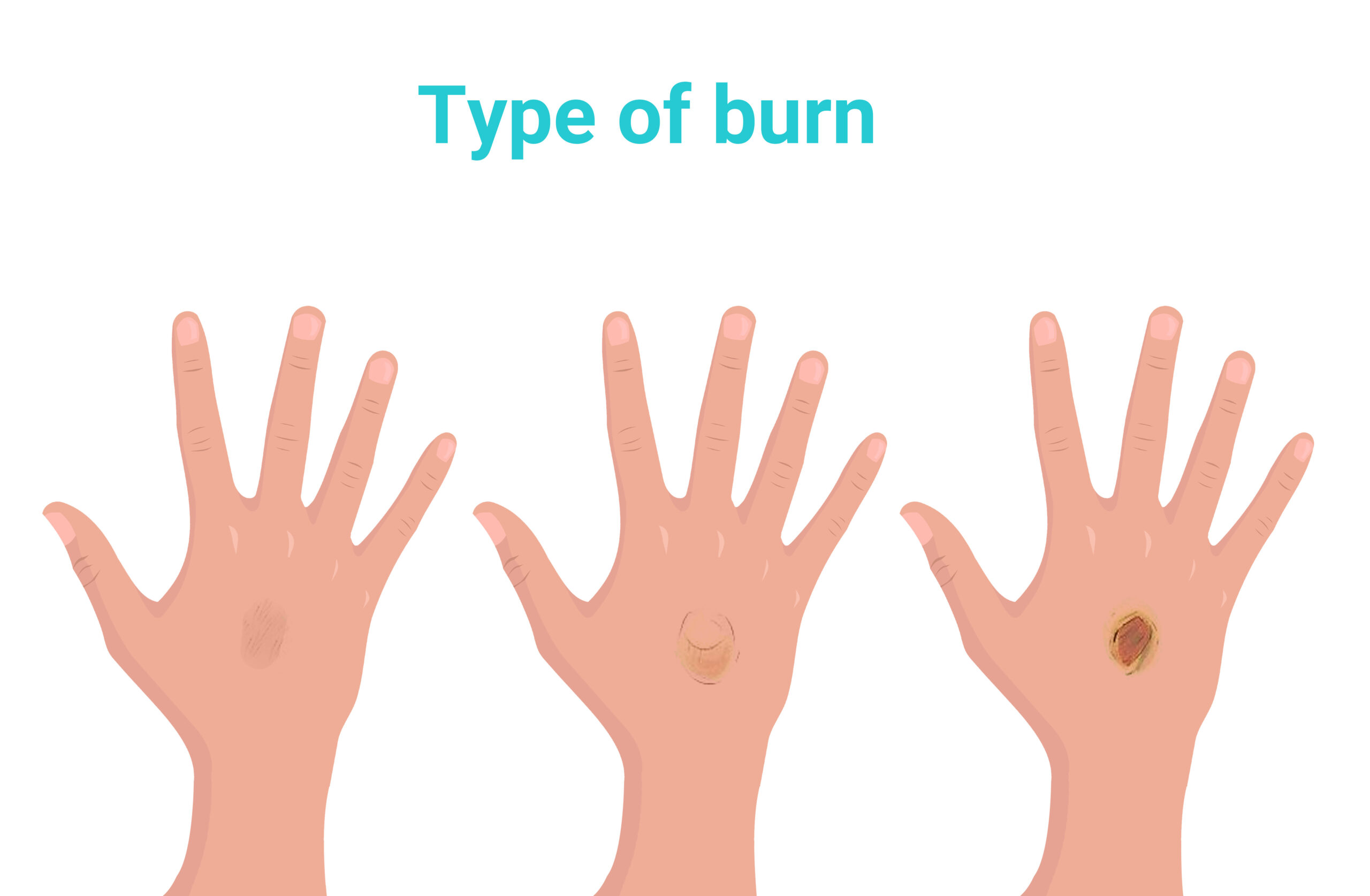
First degree burns
To treat a first-degree burn, dermatologists recommend the following tips:
Cool the burn. Immediately immerse the burn in cool tap water or apply cold, wet compresses. Do this for about 10 minutes or until the pain subsides.
Apply petroleum jelly two to three times daily. Do not apply ointments, toothpaste or butter to the burn, as these may cause an infection. Do not apply topical antibiotics.
Cover the burn with a nonstick, sterile bandage. If blisters form, let them heal on their own while keeping the area covered. Do not pop the blisters.
Consider taking over-the-counter pain medication. Acetaminophen or ibuprofen can help relieve the pain and reduce inflammation.
Protect the area from the sun. Once the burn heals, protect the area from the sun by seeking shade, wearing protective clothing or applying a broad-spectrum, water-resistant sunscreen with an SPF of 30 or higher. This will help minimize scarring, as the redness from a burn sometimes persists for weeks, especially in those with darker skin tones.
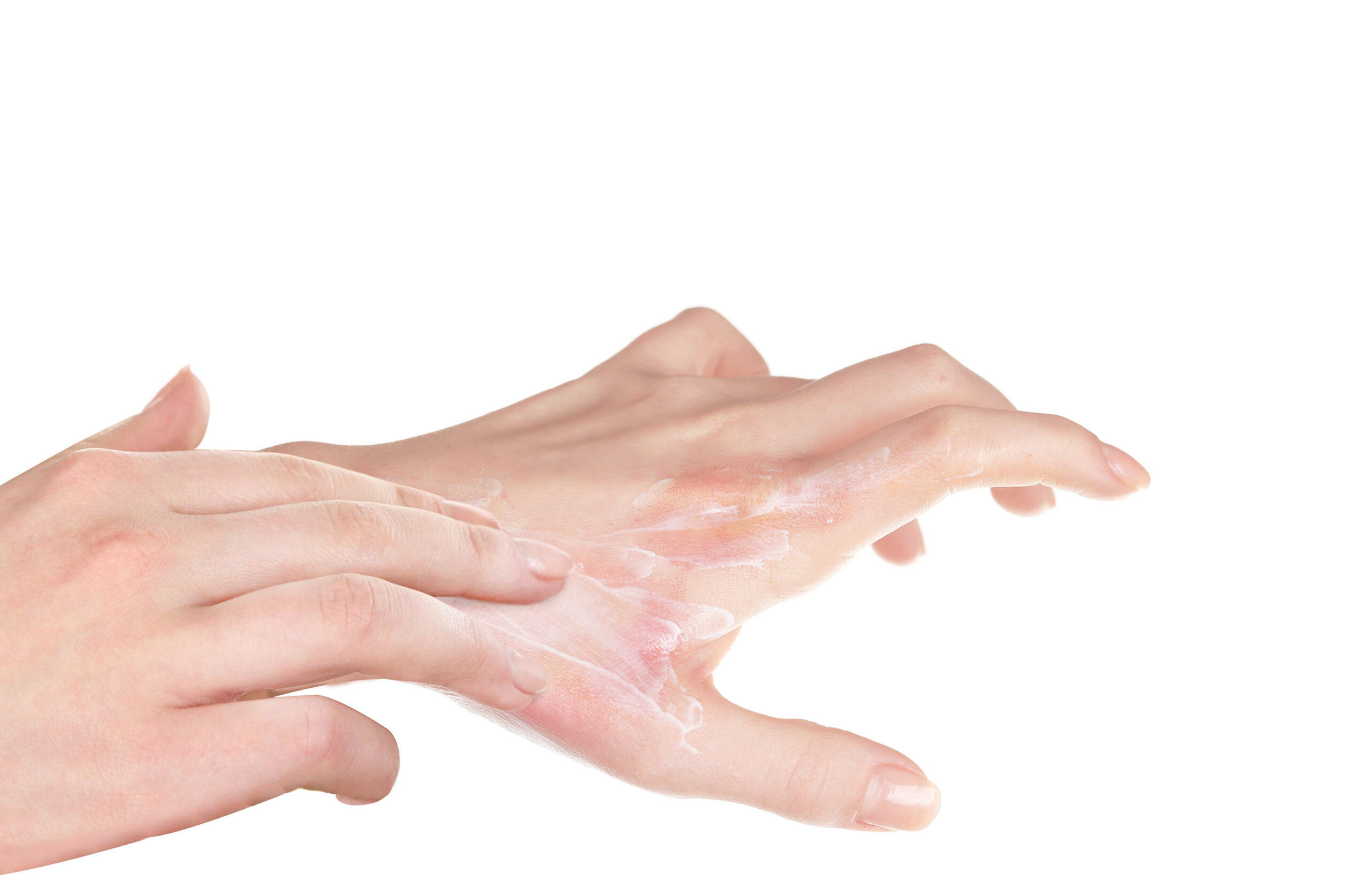
Second degree burn
Your skin might also appear blotchy, blisters will form, and the pain will be much more intense. Second degree burns come from brief contact with incredibly hot things (boiling water, for example), extended contact with hot items, and prolonged exposure time in the sun. Unless your second degree burn is on your hands, feet, groin, or face, treat it like a minor burn.
If you have blisters, don’t drain them. If the blister is drained, keep it clean by rinsing with water and swabbing with antibacterial ointment.
You can also cover the ointment on the skin with a bandaid or Conkote dressing.
A second degree burn burns through two layers of your skin. If your second degree burn is wider than three inches, covers your hands, feet, joints, or genitals, or doesn’t heal over several weeks, then you should call your doctor for medical help.
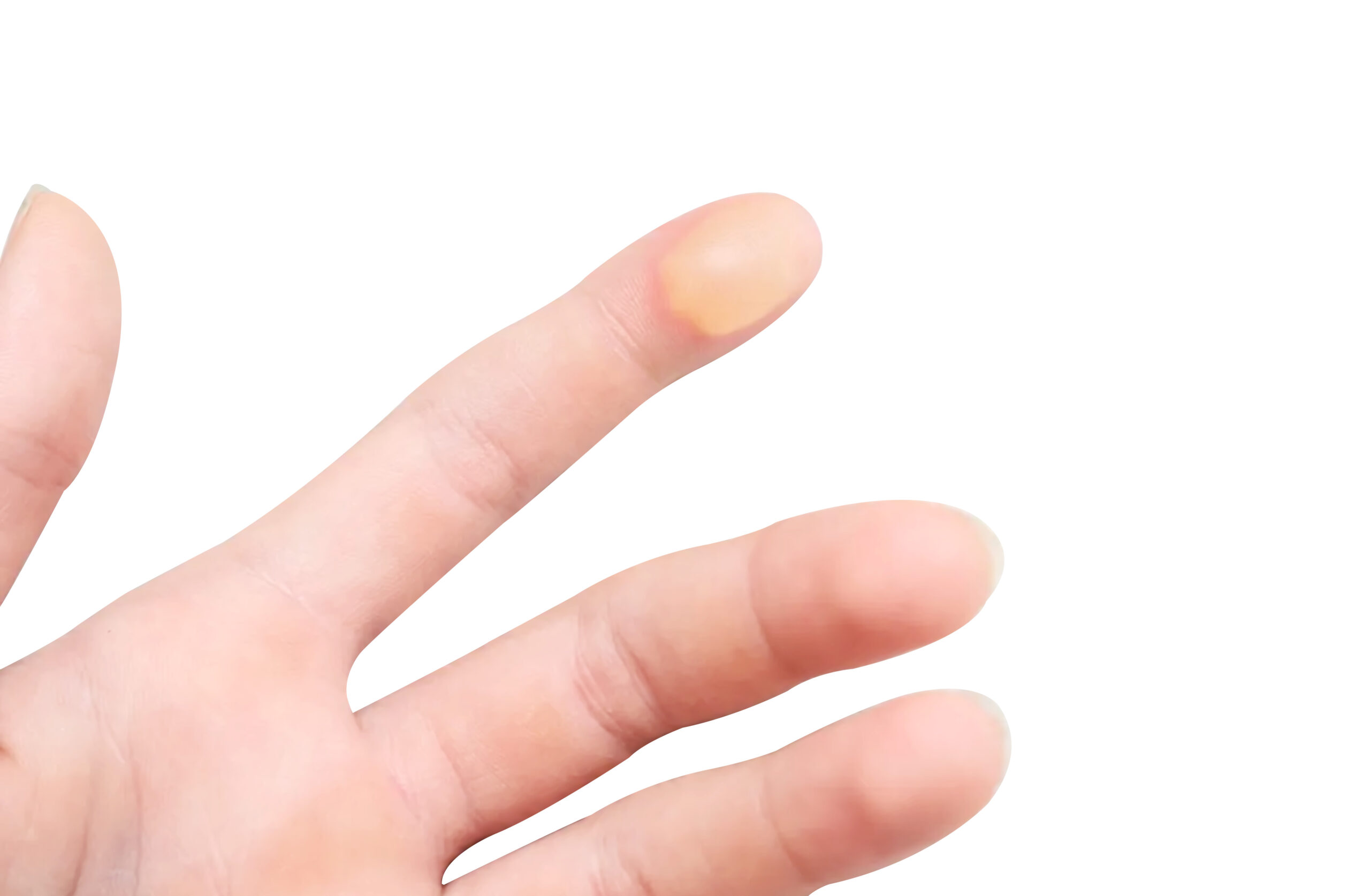
Third degree burn
Third-degree burns can cause serious wounds and have long-term consequences, if you suspect you have a third-degree burn, call emergency immediately.
If you are with someone who may have a third-degree burn, it’s essential to monitor their breathing and pulse rate.
While awaiting medical attention, raise the injury above your heart and refrain from treating it on your own [to avoid an infection]
If you suspect that the person is going into shock:
- Lay the person flat.
- Elevate their feet while keeping the burned area elevated, if possible.
- Cover them with a blanket.
Blankets and radiant warmers are useful to help conserve heat and to lower the risk of shock.
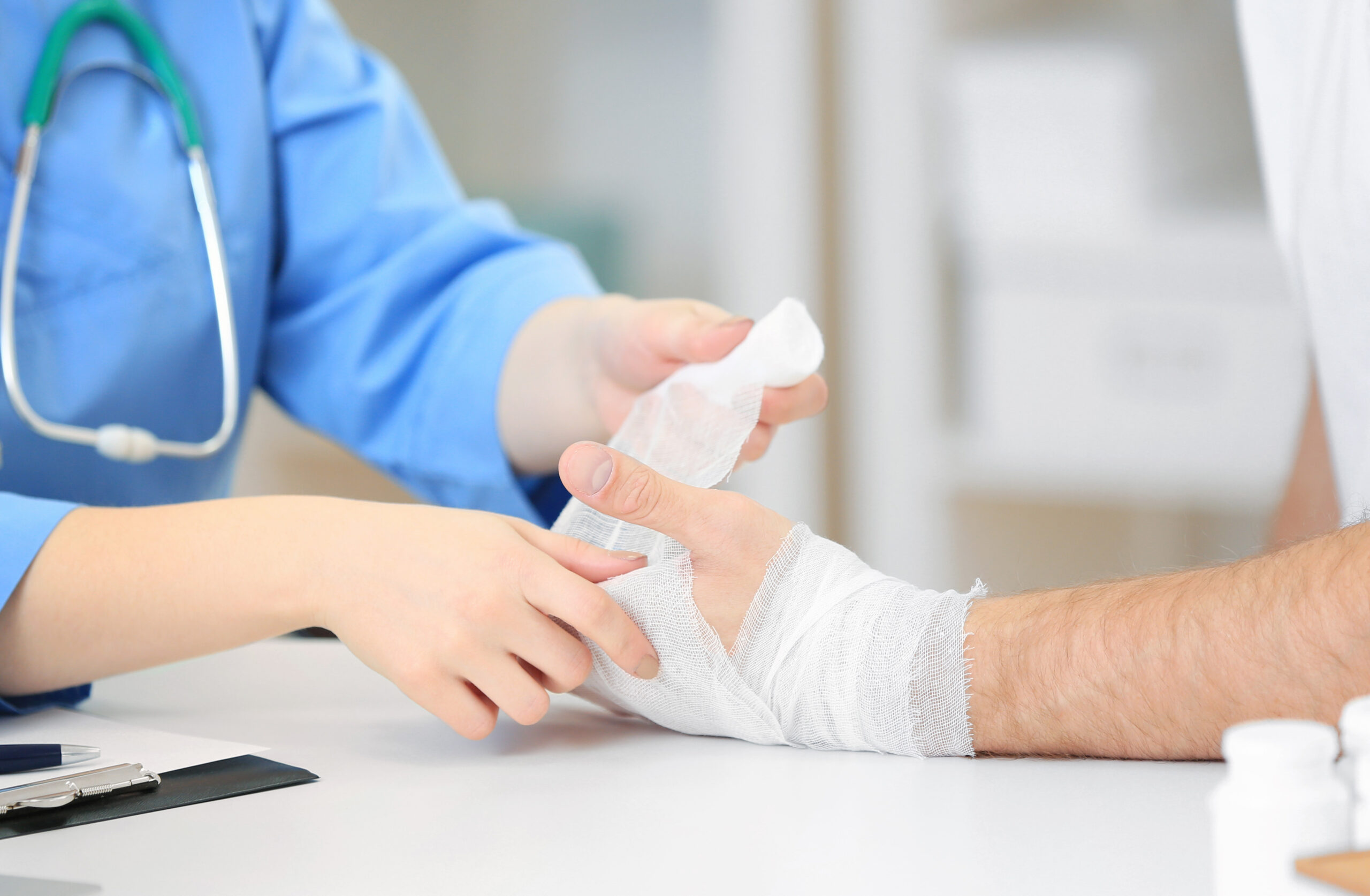
Home remedies for burns
In addition to ointments, bandages and over-the-counter medicines, there are other home remedies for burns to consider. These include:
Aloe vera – the aloe plant is a natural anti-inflammatory and has anti-bacterial properties. In gel form, it can be used to treat burns
Honey – can be used as an anti-inflammatory, antibacterial and antioxidant. Topical use of honey has been shown to help wound healing, particularly in burns
Petroleum jelly – a thin layer of this can help keep a burn from becoming infected
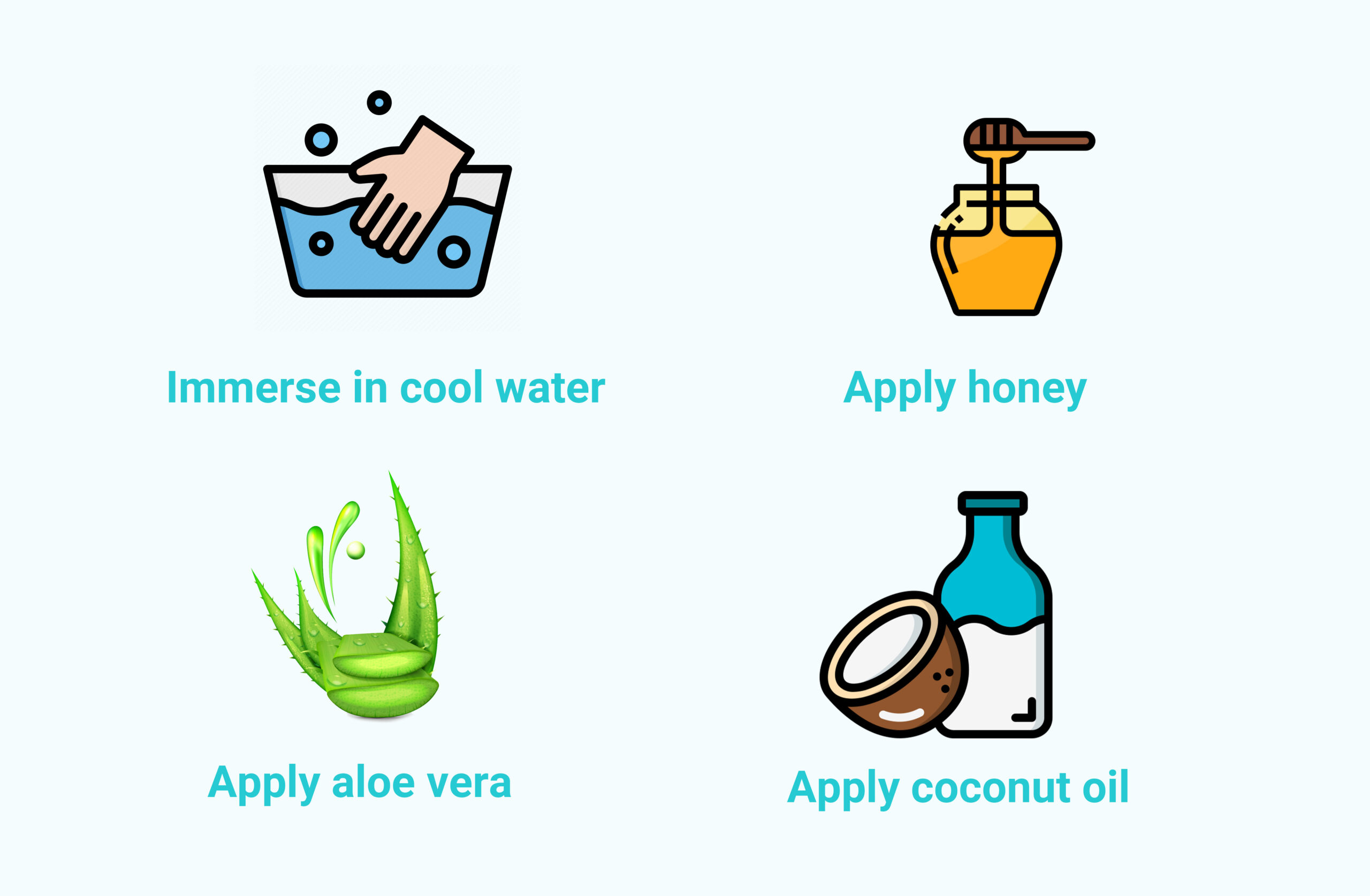
A Quick Review
The best steps to take after a burn depends on the severity of the burn. You can treat minor burns—like first-degree burns and some second-degree burns—at home. Run water over the affected area, dressing the burn with CONKOFOAM and take over-the-counter (OTC) pain medicine, and treat any potential blistering or scarring with CONKOSCAR CARE.
If you or someone else has a severe burn, you must call 911 immediately. Look for and address any signs of shock. While the prognosis varies for third-degree burns, you can help a minor burn heal in as little as a few days by treating it appropriately.
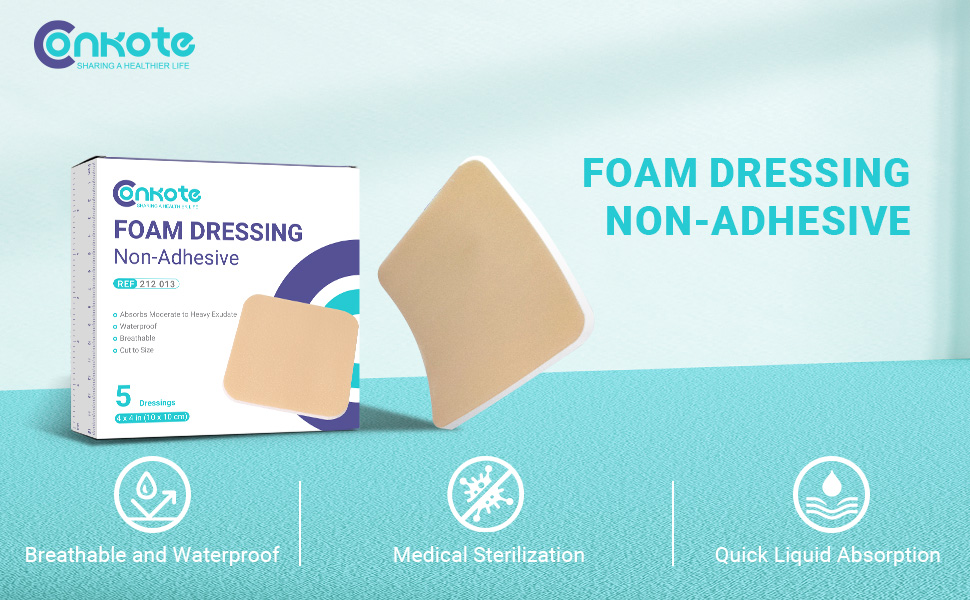
Foam dressing non-adhesive is a thin and flexible solution intended for non-to-low exuding wounds. Foam dressing non-adhesive allows for wound inspection without changing or lifting the dressing.
- Conforms to the wound bed
- Absorbs vertically
- Retains exudate
More information about this product can be found here: https://store.conkote.com/product/conkote-non-adhesive-foam-dressing/
Search by Tags
advanced woundcare dressing Bedsores Blood Blood donation chronic decrease Chronic Wound comprehensive guide Conkosil Diabetes diabetes foot diabetes prevention Diabetes,Foot Problems,wound Diabetic foot dog training donation dor pee pads Easy Tips First aid health health life Home Care Ionic Silver Dressin Innovative Technology for Wound Care Lesions Measure a Wound medical tape Moist Wound Healing Negative pressure wound therapy papertape pet care Pressure Ulcers puppy pee pads Self-Adhesive Bandage Skin care tape Tobacco traditional wound care dressing World No Tobacco Day Wound care wound dressing wound healing wound infection wound materials woundmaterials wound type wound vac
